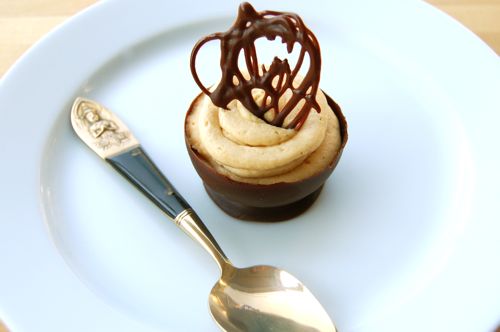Gâteau St. Honoré Recipe
Gâteau St. Honoré can be made in lots of different ways. The foundation is usually made of puff pastry, short crust, pâte à choux or a combination thereof. Huh? A combination? Yup. The most typical combo is a base of puff pastry with a layer of choux on the top, which is what I’m going to do. I happen to have a large ball of puff pastry scraps in the freezer and they’ll be perfect for the job (since I want the richness but not necessarily all the height). A normal sheet of puff pastry will work great, too. You’ll just need to prick it (“dock” it) with a fork.
READ ON
